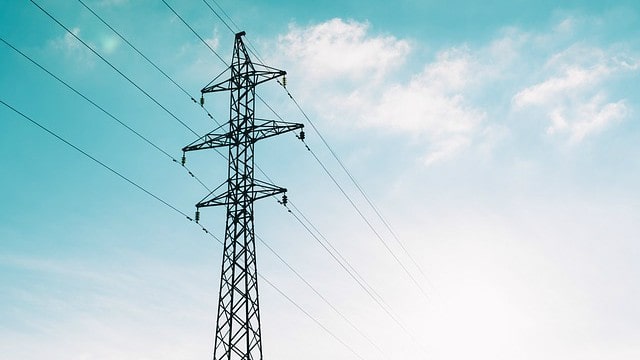Hydro One Ltd. (TSX:H) is a Canadian transmission and distribution company focused on providing electricity and telecommunications distribution to consumers primarily in Ontario. The company has recently dipped approximately 13% from its peak last year with revenues largely stagnating over the past two years.
I’m going to take a look at the company’s performance and its long-term outlook, given recent developments in the Ontario market impacting it of late.
Business model tied closely to government regulations
Hydro One has noted in its financial statements it has placed $228 million of its capital-expenditure budget into supporting and improving its service and distribution in the Ontario market, following the announcement by the Ontario government of an impending “Fair Hydro Plan” which is expected to be released later this year.
The Ontario government has placed a focus on reducing home ownership costs for its constituents, and the Fair Hydro Plan is one of the ways the government will achieve this goal; the plan will reduce electricity bills across the province, creating a headwind for Hydro One and other companies operating in Ontario moving forward.
Hydro One has begun campaigning the provincial government on this topic, noting that the investments it has made in upgrading its aging infrastructure and improving customer service is among its top priorities. In March, Hydro One filed a five-year rate application with the Ontario Energy Board through 2022 to lock in rates according to the level of capital expenditures needed to support the existing infrastructure and provide consumers with a high level of service.
Over the coming quarters, investors will begin to see what impact, if any, the new Fair Hydro Plan will have on Hydro One’s bottom line; however, the company noted in its most recent financial report that this plan “will substantially reduce the price of electric power to our customers while improving the allocation of delivery charges across the rural and urban geographies of the province,” signaling to the market and investors that these headwinds are likely to remain at least for the next few years.
Hydro One’s ability to lock in rates and continue to cut costs will ultimately be what leads this utilities giant to increased profitability moving forward.
Bottom line
Hydro One, like many utilities companies, is reliant on maintaining increasing rates to support long-term profitability. As one of the more heavily regionally focused utilities operating in a region that has proven to be focused on reducing rates overall, I am bearish on this company’s ability to grow long term.
Stay Foolish, my friends.








